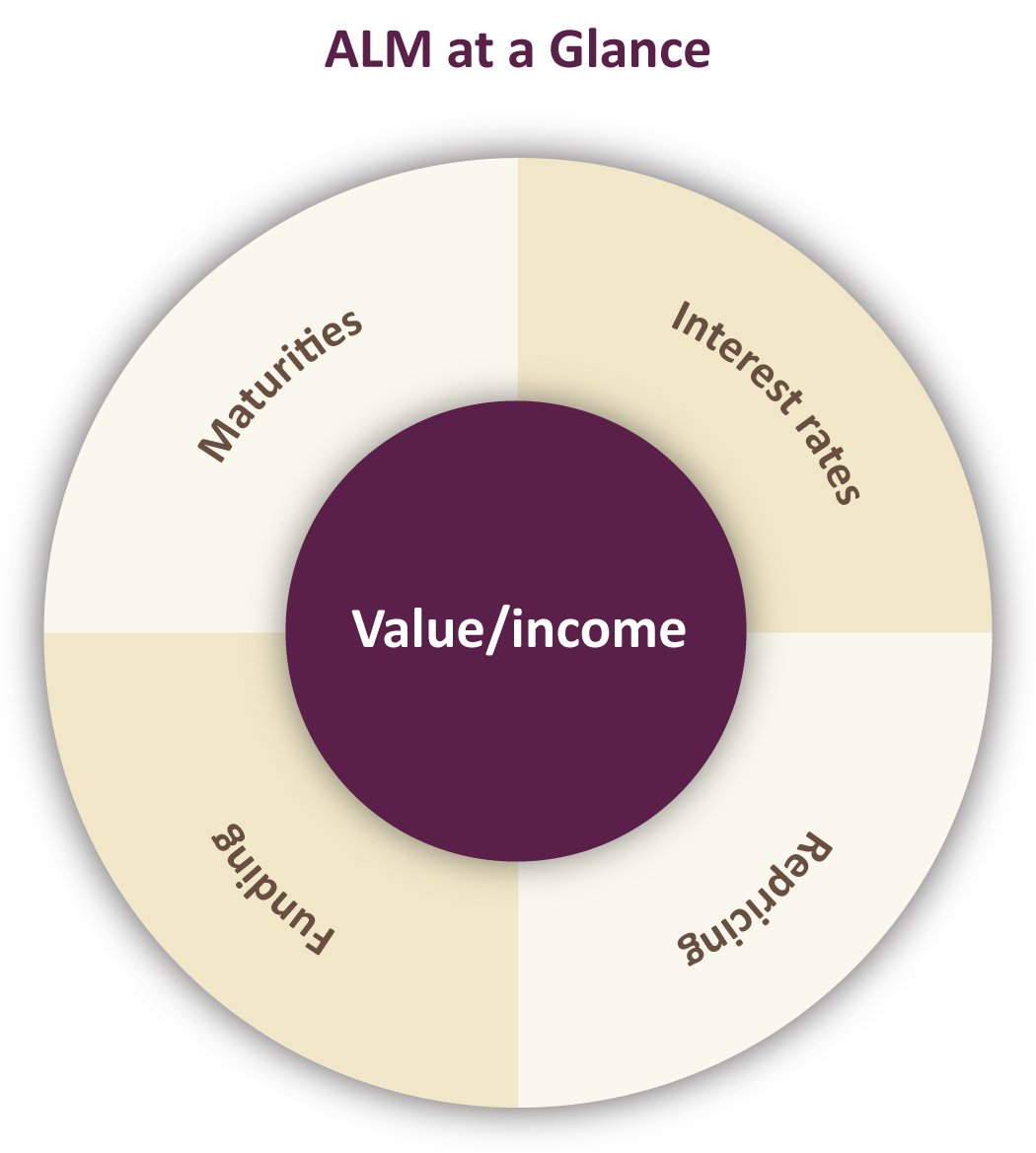Regulators are recommending and, in many cases, requiring credit unions to have their asset liability management (ALM) models validated by a qualified third party. CliftonLarsonAllen’s ALM model validation services not only satisfy the testing requirements in the regulatory interagency guidance — we also provide best practice recommendations to enhance ALM policies and procedures, the tools used in the ALM process, and the strategies used to maximize earnings while minimizing exposure to interest rate and liquidity risk.
Experience our client-focused approach
You’ll benefit from our experienced industry professionals who evaluate every aspect of your credit union’s ALM function. In addition to receiving a thorough report, we will provide you with sample policies and tools that are based on real situations and can be easily implemented to enhance your ALM function.

How ALM reviews works for credit unions
Our ALM reviews typically include the following procedures:
Asset liability committee
- Determine if the credit union has established an asset liability committee (ALCO) and whether all significant functions of the credit union are represented on the committee.
- Review the reports and other information provided to the ALCO committee to determine whether it has the information necessary to properly manage its interest rate and liquidity risk.
- Establish whether the ALCO committee meets on a regular basis and reviews the structure of the credit union’s balance sheet, profitability, interest rate risk, liquidity risk, and addresses other issues within its policies and procedures.
- Assess whether the board of directors is adequately involved in the ALCO function.
Contingency plan
- Determine if the liquidity contingency plan adequately addresses any sudden significant losses of the credit union’s funding sources. Determine the frequency of which the credit union evaluates its plan and whether that analysis is adequate for the size and complexity of the credit union.
Asset liability management reports and model validation
- Review the credit union’s asset liability management reports. Compare the actual results for the current period to the projections from 12 months ago to satisfy the back testing requirements.
- Assess the reasonableness of the major assumptions used in the model and the calculation of the credit union’s net interest margin and economic value of equity at + or – 100%, 200%, 300%, and 400% interest rate shocks.
- Segregate the projected maturities of earning assets and liabilities in the model into scheduled maturities (the date of which the asset or liability is contractually scheduled to mature) and maturities expected to occur because of interest rate fluctuations. Align the scheduled maturities to the credit union’s schedule of maturing loans and deposits produced by its data processing system and to investment reports created by its safekeeping agent or bond accounting vendor. Assess the reasonableness of the maturities expected to occur because of the interest rate fluctuations.
- Examine the projected interest rates used in these calculations at the various interest rate shocks. Compare these rates to what other financial institutions are using, the impact of recent interest rate changes initiated by the institution, and the impact on the level of interest bearing assets and liabilities experienced within the credit union industry.
- Verify, on a sample basis, that the historical data in the reports agrees to the credit union’s statement of condition and other financial records.
- Verify, on a sample basis, the accuracy of the mathematical calculations used in the reports.
- Obtain the credit union’s most recent calculation of the impact of interest rate fluctuations (+ or - 100%, 200%, 300%, and 400%) on both net interest margin and economic value of equity. Discuss management’s strategies for handling potential interest rate fluctuations. Determine if the strategies are reasonable, appropriate, and adequately documented to satisfy regulatory requirements.
Why CLA
Our comprehensive service includes the following unique benefits:
- Cost efficient — Our service can be provided remotely to help you reduce costs.
- Timely — You are given a draft report generally within 10 business days after we receive the requested documents.
- Experience — Our staff includes former credit union staff and others knowledgeable in ALM regulations, strategies, and best practices.
- Solutions — We go beyond simply identifying areas that need improvement; we also provide sample policies or tools to address the recommendations included in our report.
